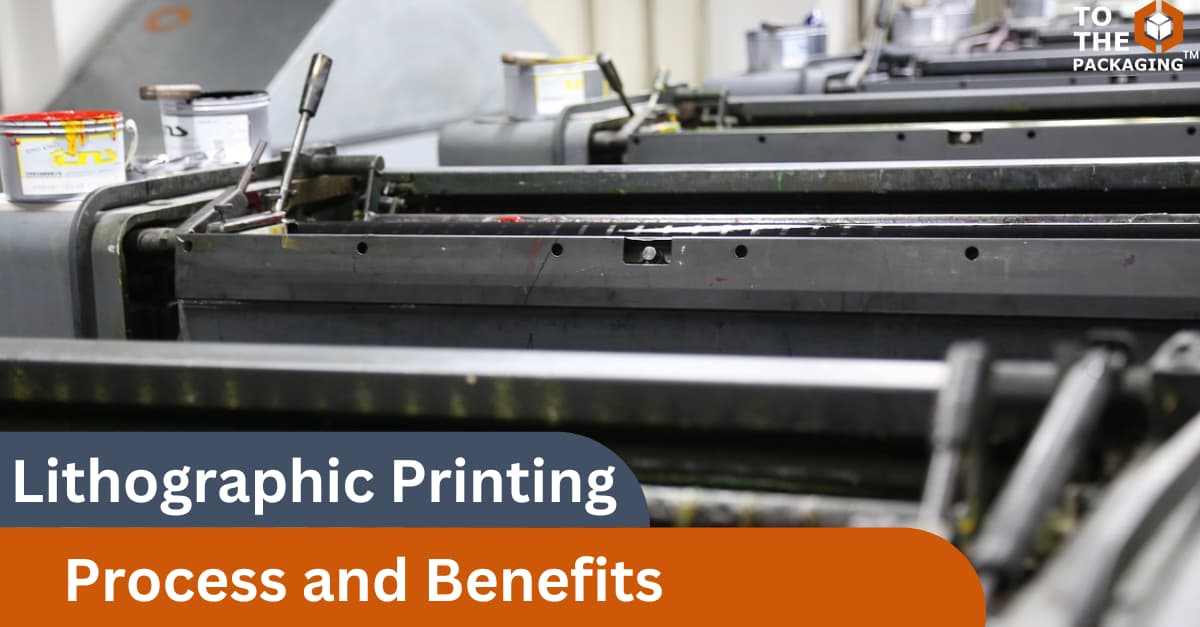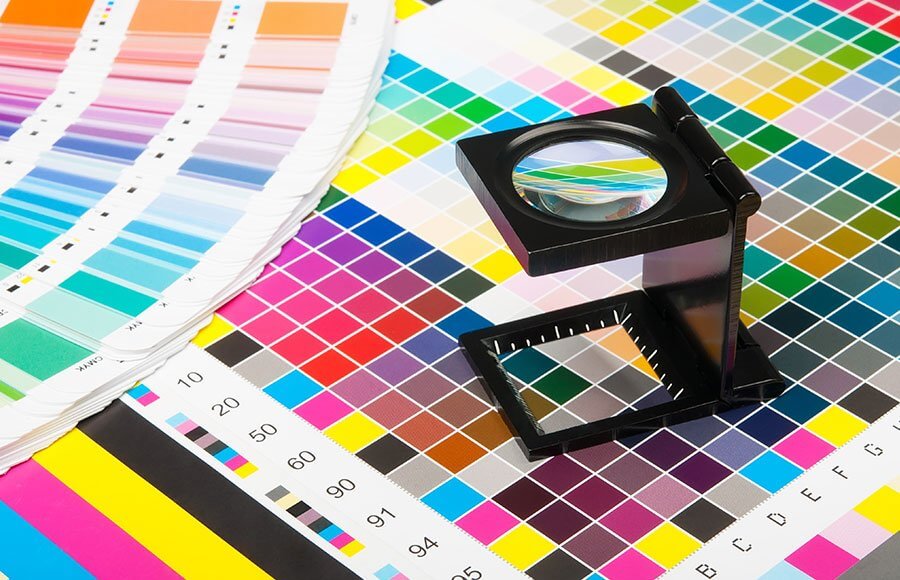litho printing Explained: A Guide for Beginners
litho printing Explained: A Guide for Beginners
Blog Article
A Comprehensive Guide to Comprehending Litho Printing Methods
The globe of litho printing, a method stemming from the late 18th century, is a fascinating mix of background, technology, art and science. This thorough guide will unwind the intricacies of this printing technique, from the composition of litho inks to the obstacles encountered in contemporary applications. As we venture right into the intricacies of lithography, the relevance of automation and sustainability in guaranteeing its future relevance becomes increasingly clear. Remain with us as we journey right into the fascinating realm of litho printing.
The Historical Advancement of Litho Printing
The historic trajectory of litho printing, a pivotal advancement in the world of communication, is a fascinating story of human resourcefulness. Birthed in the late 18th century by Alois Senefelder, this strategy was originally an affordable method of publishing theatrical works. Lithography, stemmed from the Greek words for 'stone' and 'to create', made use of a smooth rock surface area to move photos onto paper. The procedure evolved with the arrival of the rotary press, which considerably boosted performance (litho printing). In the 20th century, the development of balanced out lithography changed the sector, enabling automation of top quality prints. Each stage of litho printing's evolution showcases humanity's unrelenting pursuit of efficiency and quality in aesthetic interaction.
Decoding the Science Behind Litho Printing Inks
Moving on in the expedition of litho printing methods, the focus now moves to the science behind litho printing inks. The make-up of these inks, their drying out procedure, and color mixing methods form the foundation of this complex art form. Recognizing these elements is crucial to understanding the craft and attaining the desired print results.
Composition of Litho Inks
In lithographic printing, the essential function of litho inks can not be overstated. The make-up of litho inks varies relying on its purpose, yet typically, they consist of two major elements - automobiles and pigments. Pigments, the color-providing elements, are finely ground fragments suspended in the lorry, a fluid that brings the pigment onto the printing surface. The lorry is a complex combination of oils, solvents, and materials, which affect the ink's drying time, bond, and gloss. In addition, various additives exist to enhance specific residential or commercial properties like circulation, drying, and resistance to environmental results. Each part plays an essential part in the final print's high quality, making the specific formulation of litho inks a complex scientific research.
Ink Drying Refine
From the structure of litho inks, interest turns to the remarkable procedure of ink drying out. 2 key approaches are made use of in litho printing: oxidative drying out and absorption. Absorption, on the various other hand, includes the ink leaking into the paper fibers, which is a quicker procedure however can lead to less vibrant shades.
Color Combining Methods
While the drying out procedure plays a vital function in litho printing, the science of color mixing methods holds equal value. The scientific research behind litho printing inks likewise takes into account the openness of the ink, which influences exactly how colors overlay and mix.
The Art and Layout Aspects in Litho Printing
Litho printing takes a breath life into art and style through its special components. The procedure involves developing an image on a lithographic limestone plate or steel plate with a smooth surface. The picture is then printed onto a medium, usually paper, by moving the ink from the plate. What collections litho publishing apart is its capacity to replicate elaborate styles with high fidelity, making the outcome virtually the same to the original artwork. This is achieved with making use of various line techniques such as stippling, hatching, and cross-hatching, which permit a variety of tonal impacts. Litho printing suits a variety of colors, enabling artists to develop vibrant and vivid prints. This mix of precision and flexibility makes litho printing a favored choice for many musicians and developers.
Modern Applications of Litho Printing Methods
Litho printing strategies have found considerable usage in the modern business sector. Its influence and value proceed to expand with the introduction of brand-new developments and modern technologies in the field. This area will check out these modern applications and the transformative duty they play in the printing industry.
Business Litho Printing Uses
In today's electronic age, one could question the relevance of traditional printing techniques. Litho printing stays a critical component of the commercial field. High-volume printing tasks, such as the production of books, papers, and packaging, count on litho printing for its capacity to deliver superior picture top that site quality and cost efficiency. The process, which includes moving an inked image from a plate onto a rubber blanket and afterwards to the printing surface, uses unparalleled uniformity. This makes it perfect for tasks needing a big print run. Litho printing likewise supplies a wide color range, above that of electronic printing. This makes it the go-to selection for tasks that require vivid, top quality shade reproduction.
Innovations in Litho Printing
Pressing the limits of typical methods, contemporary innovations have fueled a host of developments in litho printing. These breakthroughs have not just boosted the top quality and effectiveness of litho prints however also increased its application range. One popular development is electronic litho printing, which integrates the virtues of electronic innovation with litho's top quality output. This crossbreed model offers faster configuration times, lowered waste, and allows on-demand printing. Another remarkable development is the introduction of ecologically pleasant inks. These inks, made from vegetable or soy-based remedies, have significantly lowered the industry's ecological impact. litho printing. In addition, the development of innovative plate innovation has structured the printing process, leading to sharper images and improved shade fidelity. These technologies underscore the long-lasting relevance of litho printing in the contemporary globe.
Checking out the Process of Litho Printing: Step by Action

Difficulties and Solutions in Contemporary Litho Printing

In spite of the accuracy and tradition that litho printing proudly upholds, it is not without its collection of contemporary difficulties. The most prevalent problems consist of the high preliminary configuration cost, problem in printing variable information, and ecological problems as a result of chemical usage. Solutions are arising as technology develops. Digital litho printing permits for affordable short runs and simple customization, attending to the problem of variable information. Environmentally-friendly inks and safer plate-making procedures minimize environmental problems. In addition, advancements in automation have lowered labor costs, additionally democratizing the lithography process. Thus, while there are challenges, the litho printing industry is proactively adapting to fulfill them head-on, guaranteeing its importance in the future.
Verdict
In verdict, litho printing, with its rich background and scientific details, holds a considerable area in the print industry. The future of litho printing pivots on its ability to adjust to these changing needs, verifying its long-lasting value in an advancing market.

Report this page